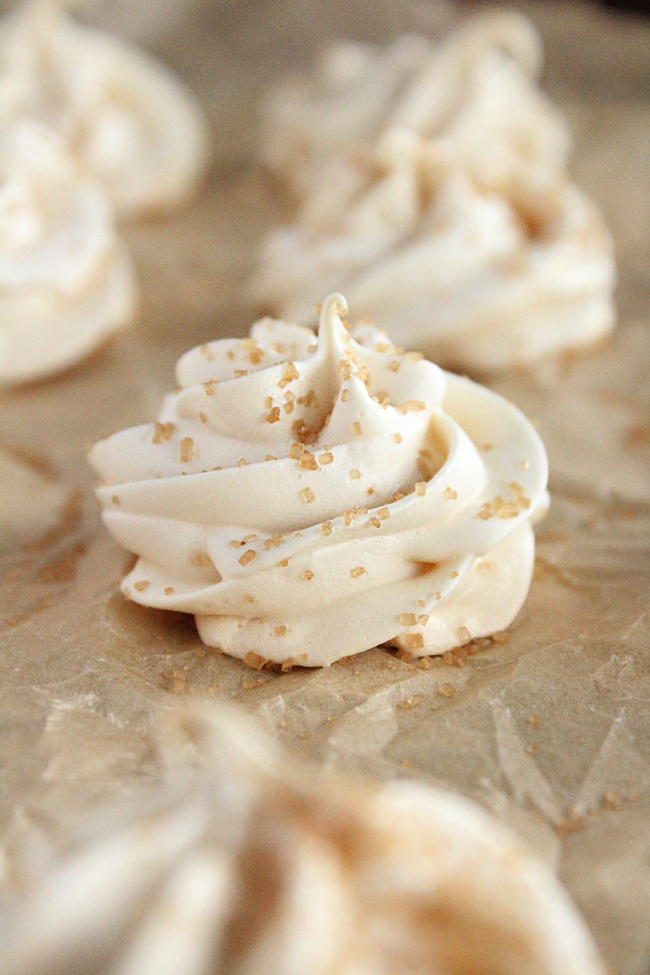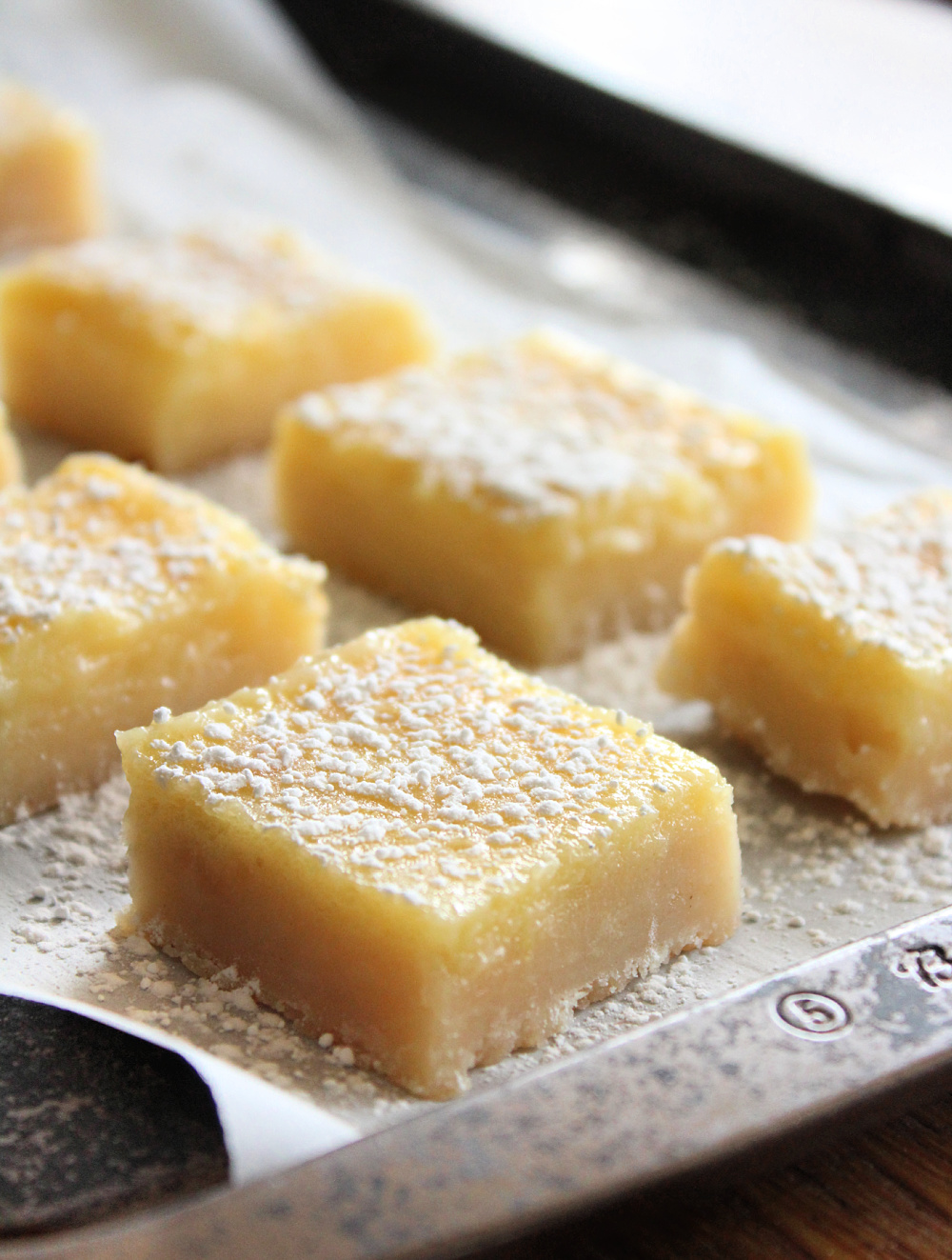When Frozen Beats ‘Fresh’: A Seafood Buyer’s Guide by Species
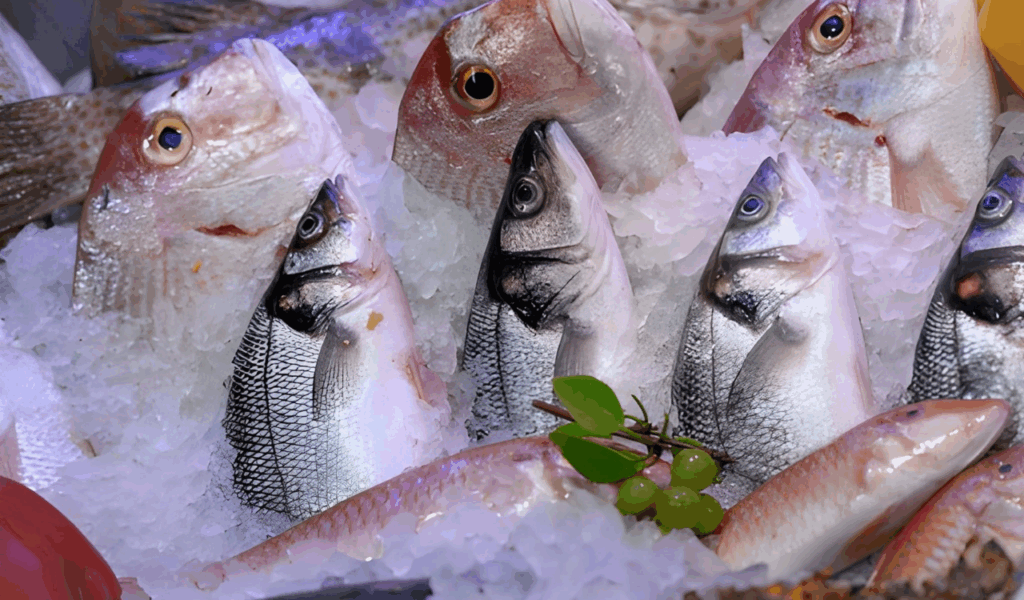
One of the biggest food fallacies is that fresh seafood is always better. In fact, contemporary freezing methods may keep texture, nutrients, and flavor so well that frozen food is often better than “fresh.” A lot of fish that people call “fresh” have previously been frozen and thawed several times before they get to the counter. Knowing when to freeze is a sensible way to save money, cut down on waste, and make sure the quality stays the same. This is a useful guide per species to help you buy seafood that really tastes fresh, not just looks fresh.
1. Salmon
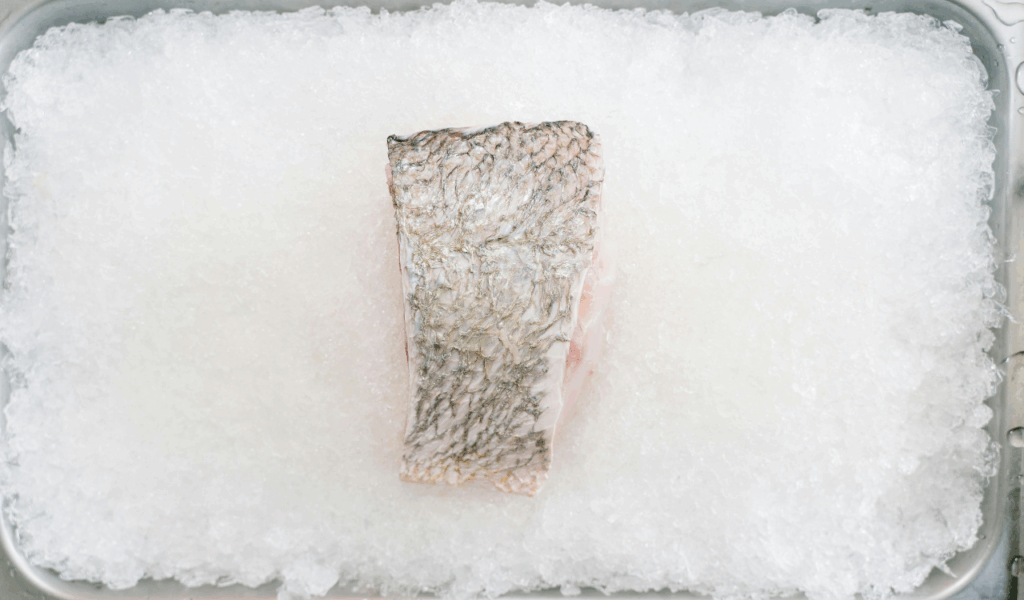
If you don’t live near the coast, frozen salmon is often a better choice than “fresh.” Alaska wild salmon is flash-frozen shortly after it is captured. This keeps the nutrients in and keeps the fish’s hard, fatty texture. On the other hand, fresh salmon that is delivered a long way can lose flavor and moisture. Search for vacuum-sealed fillets with the words “frozen at sea” on them. If you put it in the fridge overnight, it will be as fresh as the day it was caught.
2. Shrimp
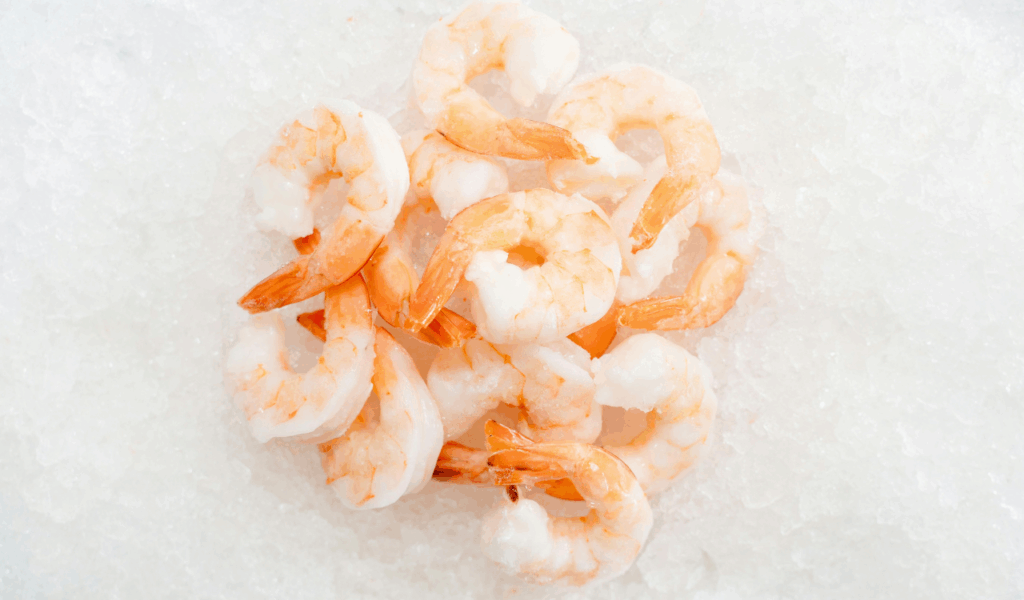
Most shrimp sold in grocery stores are frozen at some point, usually straight on the boat. The “fresh” shrimp at the counter are frequently thawed from frozen stock and may be days old. If you buy frozen shrimp, you can decide when to thaw it, which keeps its sweetness and crispness. Pick shrimp that are either peeled or have their shells on, and don’t have any extra sodium tripolyphosphate. For the best results in stir-fries or spaghetti, thaw in cold water first.
3. Tuna
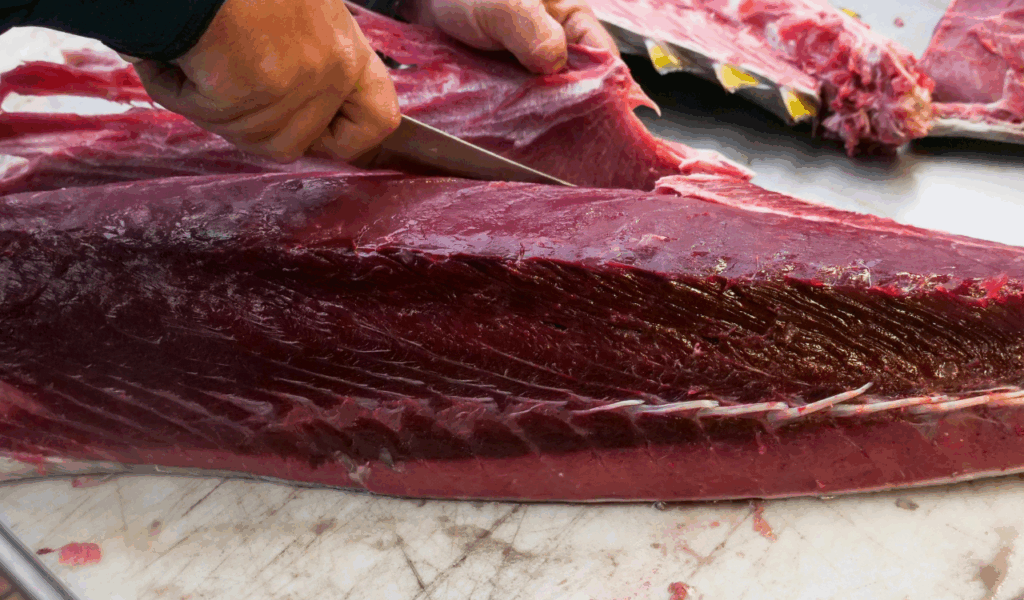
The brilliant red color of tuna can be misleading. Many “fresh” steaks have been frozen to -76°F to eliminate parasites and then treated with carbon monoxide to keep their color. Good frozen tuna, especially sushi-grade yellowfin or bigeye, keeps its thick texture and meaty flavor quite well. Buying frozen means you don’t have to worry about hidden ingredients or long shipping delays. For the finest taste and texture, thaw slowly and sear rapidly. This is especially true for poke bowls and seared tuna salads.
4. Cod
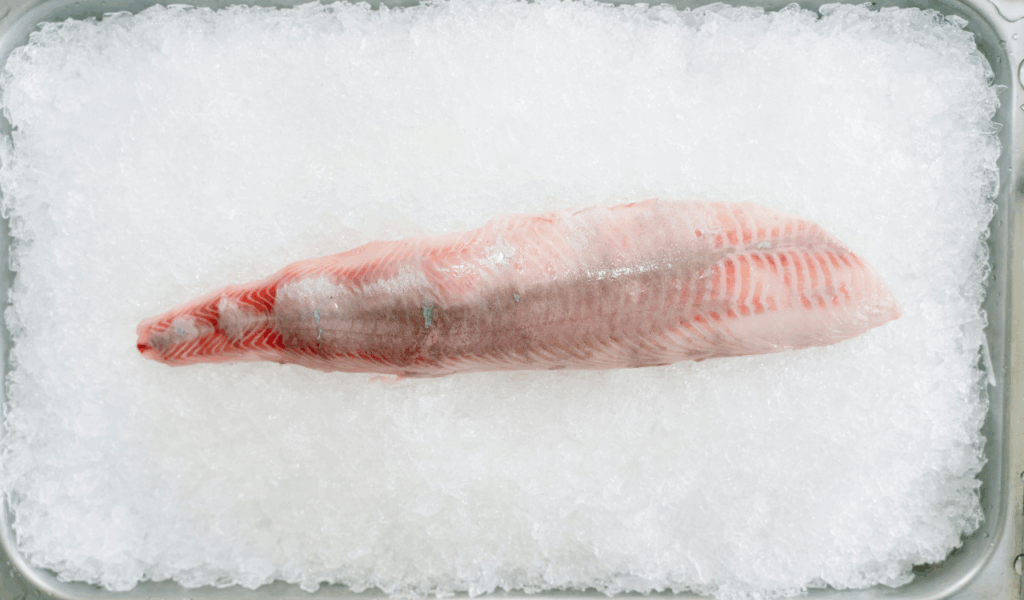
Cod is one of those fish that swims a long way, so “fresh” selections aren’t as reliable unless you’re close to the North Atlantic or Pacific. Cod that is frozen at sea keeps its gentle, flaky texture much better than fillets that rest on ice for days. If you freeze it just after you catch it, it’s almost impossible to tell it apart from fresh. You may use frozen cod in fish tacos, stews, or baked meals. Its lean flesh stays delicate and somewhat sweet after cooking.
5. Scallops
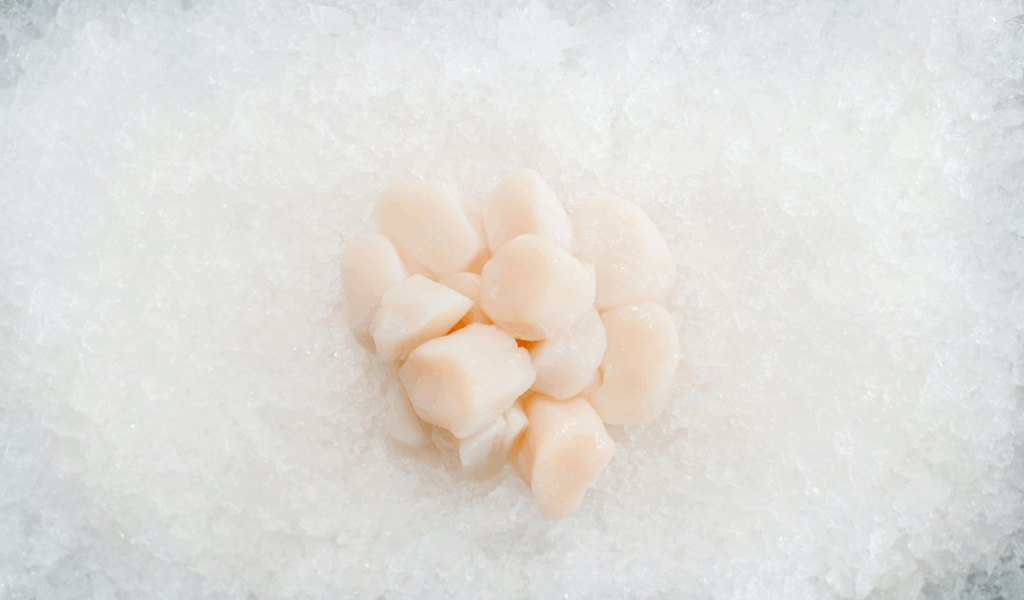
Once they are picked, scallops start to go bad quickly, so buying them frozen can actually guarantee higher quality. “Dry” scallops that are flash-frozen without preservatives stay sweet and caramelize wonderfully when cooked. “Wet” scallops, which are often offered fresh, are treated with chemicals that make them too wet and give them a rubbery texture. Choose frozen dry scallops that don’t have any extra water. When you pan-sear them, they’ll be golden, crispy, and delightfully soft on the inside.
6. Crab
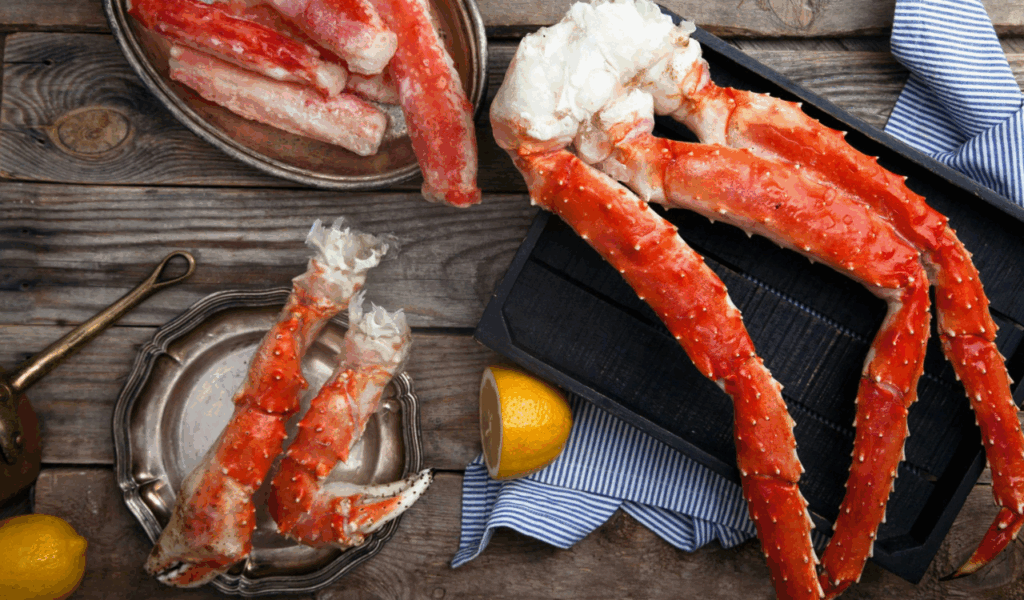
Fresh crab can be great, but it goes bad quickly and generally needs to be cooked the same day you buy it. Frozen crab, especially snow, king, or Dungeness, is easy to use and tastes great. Most of them are cooked and then frozen quickly on the boat, which keeps the meat’s salty sweetness. Put it in the fridge to thaw slowly, then steam or broil it for a taste that is almost like fresh. You can eat high-quality crab without worrying about it being fresh the same day.
7. Mussels and Clams
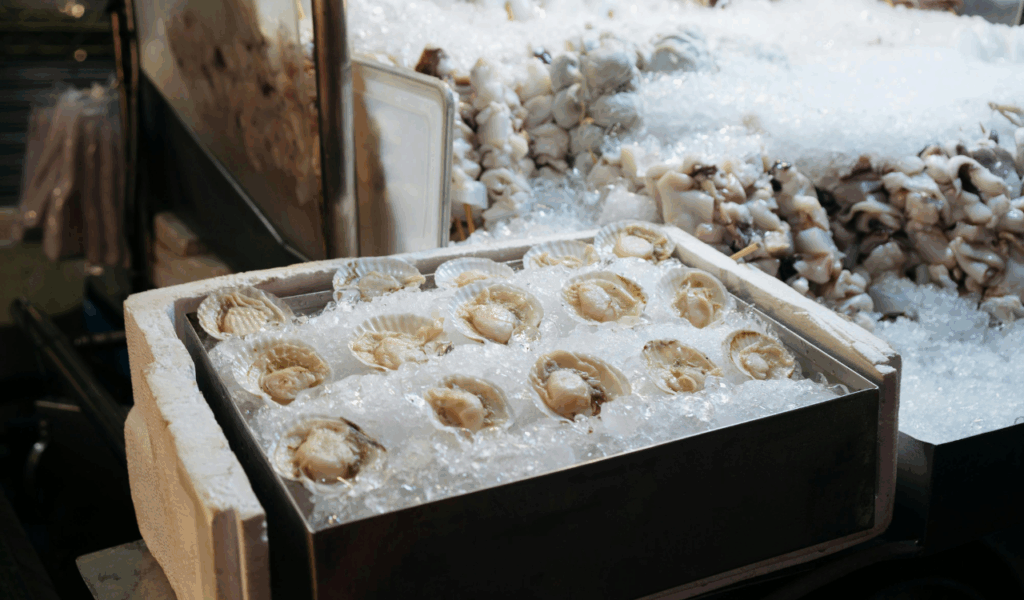
If you can, it’s better to buy shellfish like mussels and clams when they’re still alive. But if you know how to handle them, vacuum-packed frozen mussels or clams might be a great second alternative. They are usually cooked and then frozen right after they are picked, which keeps their ocean flavor. Don’t buy those with shattered shells or freezer burn. You may enjoy shellfish all year long, even far from the shore, by freezing them. They are fantastic in paella, pasta, or chowders.
8. Lobster
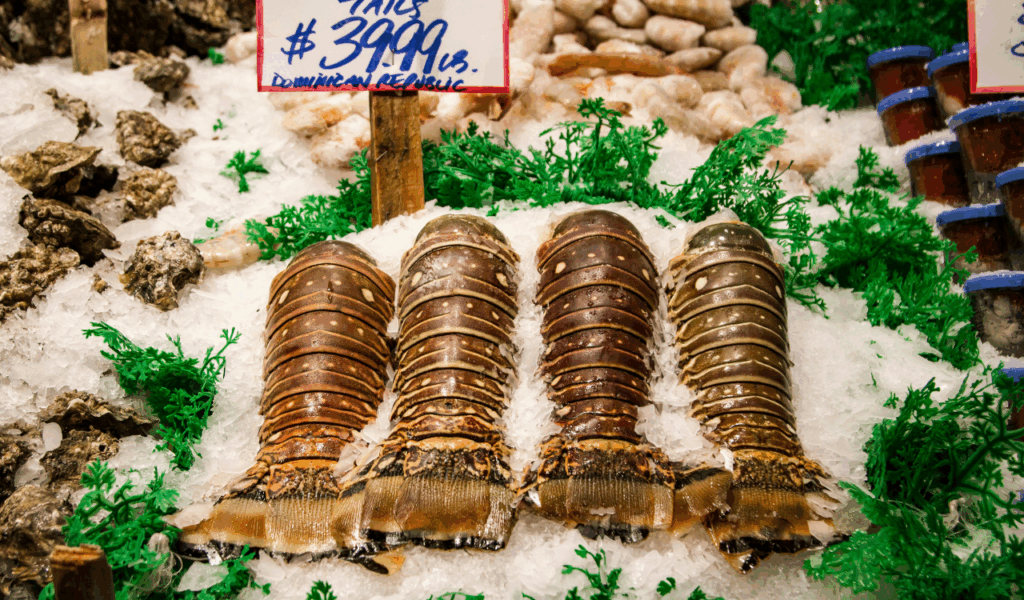
Frozen lobster tails are often better than “fresh” ones that have been kept alive for days in bad conditions. Flash-freezing tails right after they are caught helps keep the flesh sweet and firm. They cook up well when they defrost slowly, which makes them great for butter-poached or grilled recipes. When bought from a responsible source, whole frozen lobsters are also a good choice for the environment. To be sure the product is both high quality and ethically sourced, look for origin labels and certifications like MSC.


